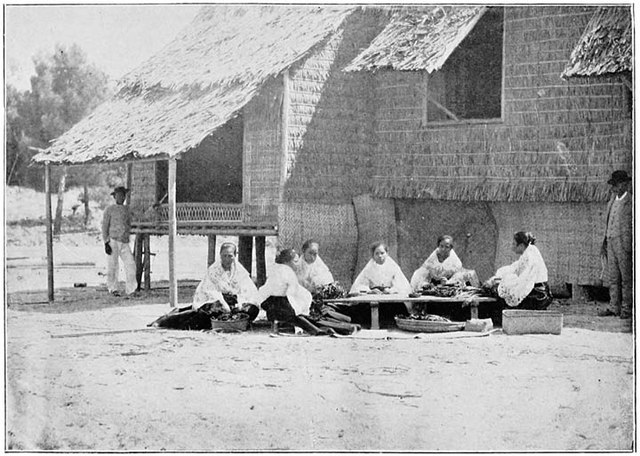Women in the Philippines may also be known as Filipinas or Filipino women. Their role includes the context of Filipino culture, standards, and mindsets. The Philippines is described to be a nation of strong women, who directly and indirectly run the family unit, businesses, government agencies and haciendas.
Group of Filipino women wearing modern apparel
Mestiza Filipina women in Maria Clara gown, 1899.
A Filipino mestiza woman in 1875.
Filipina women making cigars
Fernando Amorsolo y Cueto was a portraitist and painter of rural Philippine landscapes. Nicknamed the "Grand Old Man of Philippine Art," he was the first-ever to be recognized as a National Artist of the Philippines. He was recognized as such for his "pioneering use of impressionistic technique" as well as his skill in the use of lighting and backlighting in his paintings, "significant not only in the development of Philippine art but also in the formation of Filipino notions of self and identity."
Young Fernando Amorsolo in 1917
Antipolo by Fernando Amorsolo, depicting Filipinos celebrating the annual pilgrimage to Antipolo, with the pre-War cathedral depicted in the background.
Amorsolo in his studio
Sketch of a woman, whose unfinished style is representative of Amorsolo's sketching







